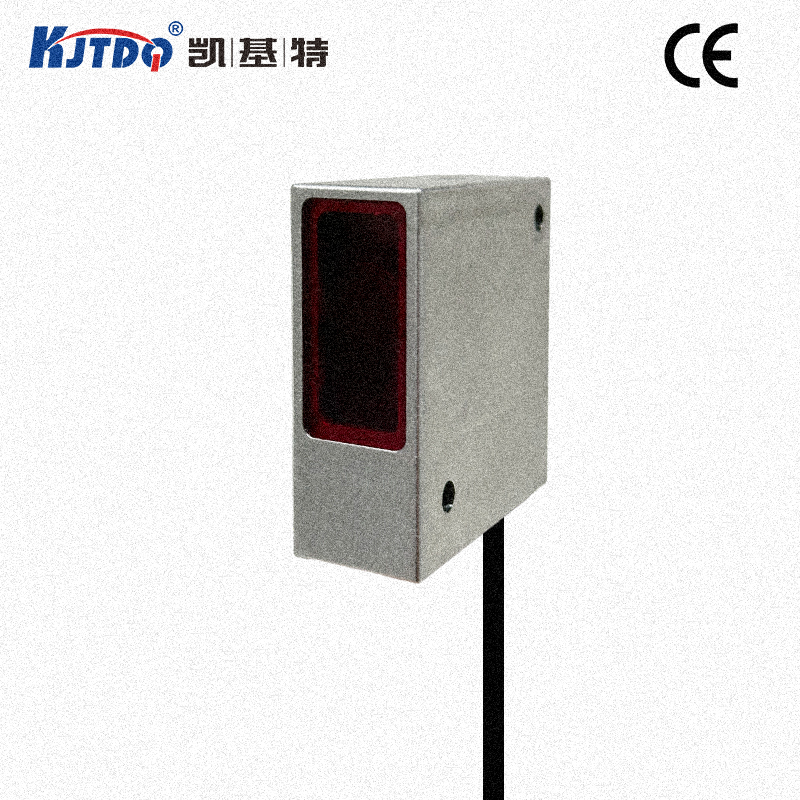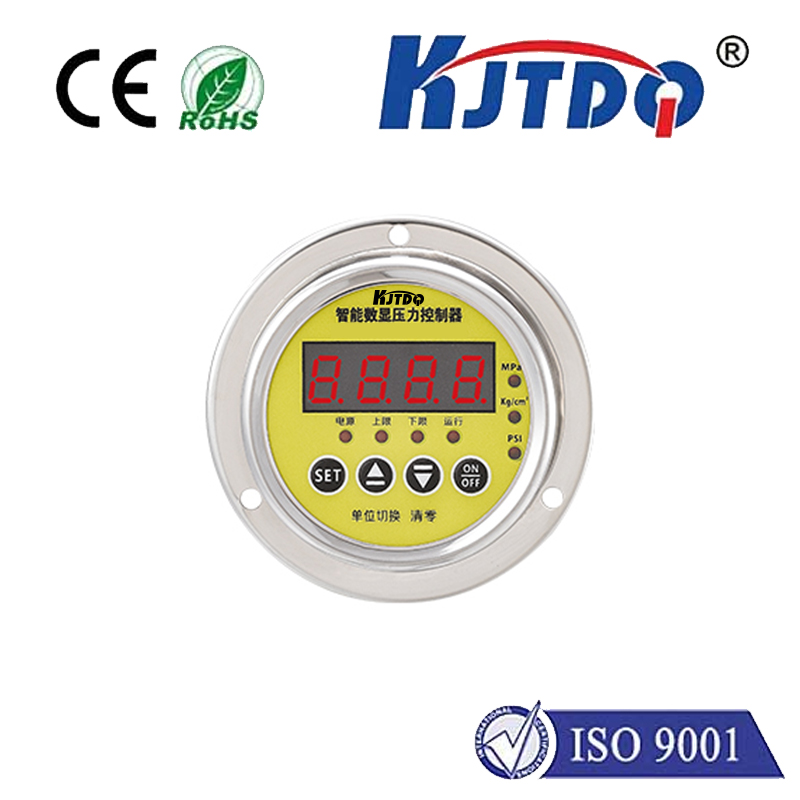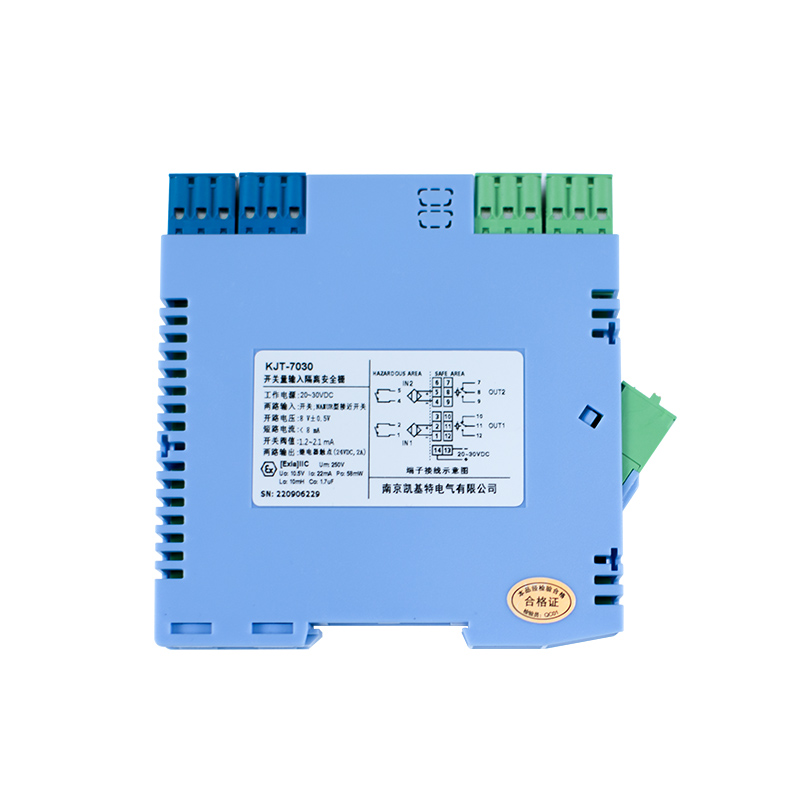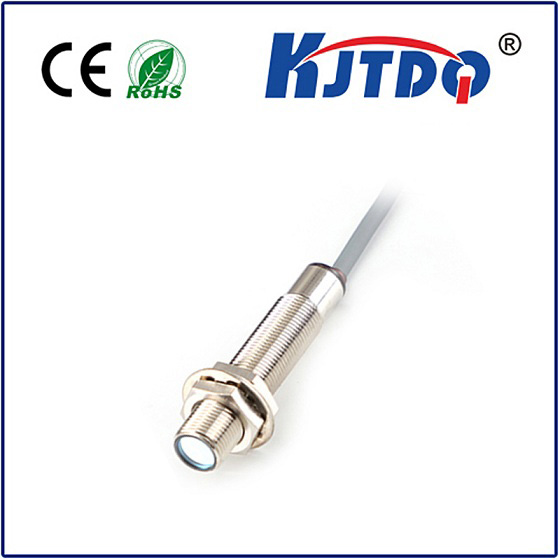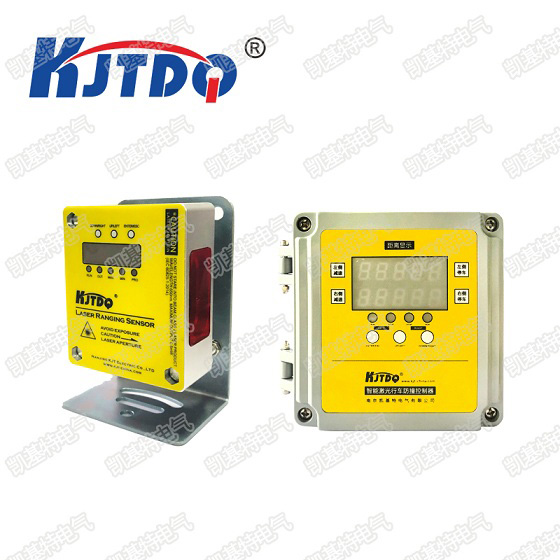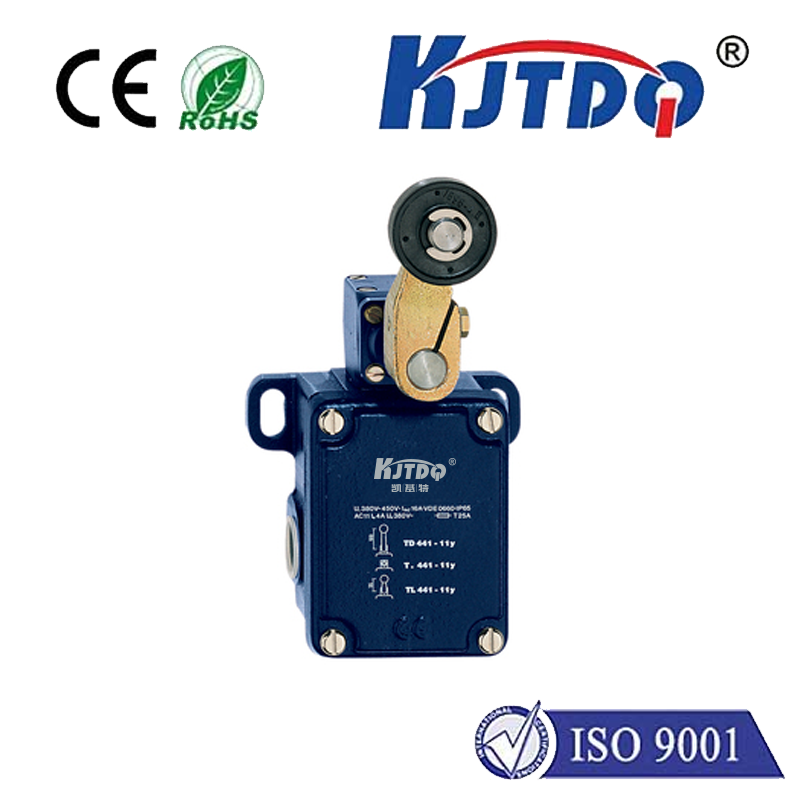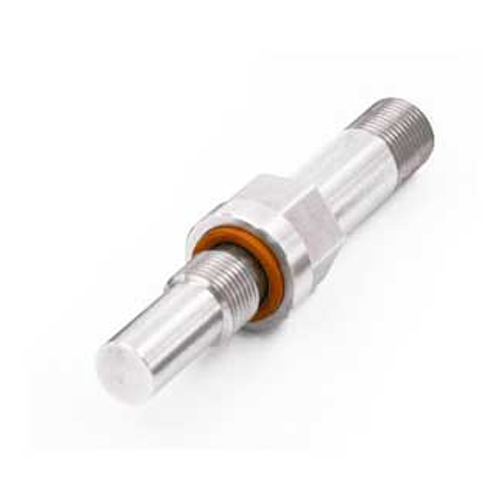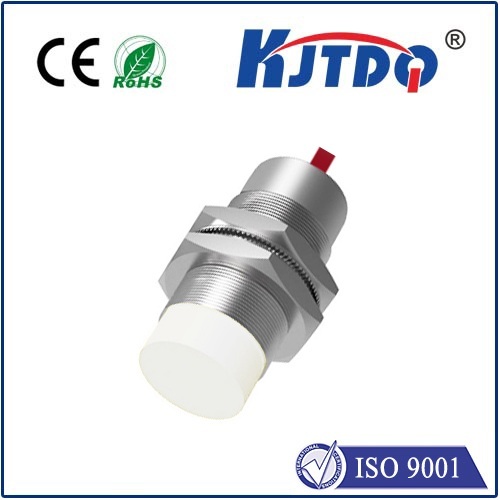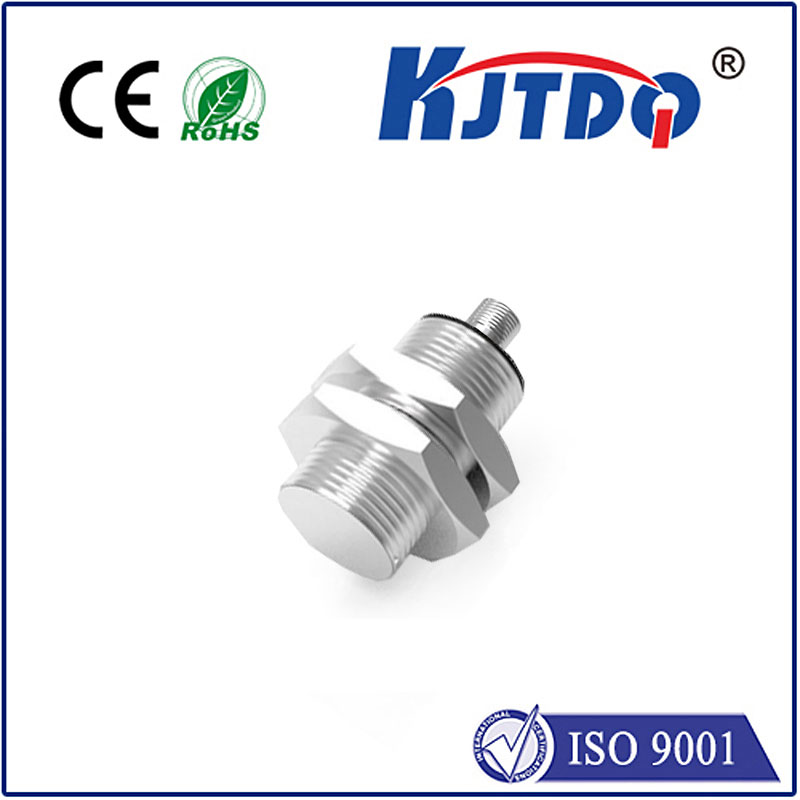proximity sensor components
- time:2025-06-26 02:28:16
- Click:0
Proximity Sensor Components: The Essential Building Blocks Revealed
Ever wondered how your smartphone screen automatically turns off during calls, or how factory machines safely detect objects without touching them? The magic lies within proximity sensors. These ingenious devices detect the presence or absence of nearby objects, enabling countless modern conveniences and industrial applications. But how do they actually work? The key lies in understanding their core components. By peeling back the layers, we reveal the essential building blocks that allow these sensors to ‘sense’ their surroundings reliably.
At its heart, every proximity sensor consists of several critical elements working in concert. While specific designs vary significantly based on the underlying technology (inductive, capacitive, photoelectric, ultrasonic), a fundamental architecture governs their operation. Let’s delve into the primary proximity sensor components that make sensing possible:

- The Core Sensing Element:
This is the frontline component directly interacting with the target or the environment. Its nature defines the sensor type:
- Inductive Sensors: Feature a coil wound around a ferrite core. When an electrically conductive target enters the sensor’s electromagnetic field, eddy currents are induced in the target, causing a measurable change in the coil’s oscillation or magnetic field properties. An internal oscillator circuit generates the high-frequency electromagnetic field crucial for detection.
- Capacitive Sensors: Utilize sensing electrodes (often one or two metal plates). These electrodes form one part of a capacitor. When any object (conductive or non-conductive) approaches, it alters the dielectric constant or the effective plate area, changing the capacitance between the electrodes and the target (or ground).
- Photoelectric Sensors (Reflective/Thru-Beam Proximity): Rely on a light emitter (typically an infrared LED or laser diode) and a light receiver (like a photodiode or phototransistor). In diffuse reflective proximity sensors, the emitted light reflects off the target back to the receiver. The sensor detects the presence or absence of this reflected light intensity.
- Ultrasonic Sensors: Employ a piezoelectric transducer. This component acts as both transmitter and receiver. It converts electrical pulses into high-frequency sound waves and, conversely, converts reflected sound waves (echoes) back into electrical signals. The time taken for the echo to return determines the distance to the target.
- Signal Processing & Conditioning Circuitry:
The raw signal generated by the sensing element is often weak, noisy, and unsuitable for direct interpretation. This is where sophisticated electronics come in:
- Amplification: The tiny electrical changes (e.g., from a phototransistor’s current or coil impedance shift) are significantly boosted by amplifier circuits. This amplification stage is vital for achieving usable signal strength.
- Filtering: Electronic filters remove unwanted electrical noise (interference) picked up from the environment or generated internally. This ensures the sensor responds only to the genuine detection signal, enhancing reliability and stability.
- Demodulation/Oscillation Control: Specific types, like modulated photoelectric sensors, use demodulation circuits to extract the desired signal from a carrier wave, improving immunity to ambient light. Inductive sensors rely on precise oscillator circuits whose frequency or amplitude changes upon target detection.
- Threshold Setting & Comparison: The conditioned signal is compared against a predefined threshold level set by calibration or potentiometers. This decisive step determines when the sensor outputs a “target detected” or “no target” state. Comparator circuits handle this critical function.
- Output Stage:
Once the processing circuitry confirms detection (or lack thereof), the sensor needs to communicate this state to the control system (like a PLC, microcontroller, or relay). This is the role of the output stage:
- Output Configuration: Common configurations include:
- Digital Outputs: Simple ON/OFF signals. NPN (Sinking) or PNP (Sourcing) transistor outputs are standard in DC sensors, effectively acting as electronic switches.
- Analog Outputs: Provide a continuously variable signal (e.g., 0-10V, 4-20mA) proportional to the distance to the target, used for precise positioning or level sensing.
- Relay Outputs: Provide isolated switching for higher power loads.
- Output Driver: The component (like transistors or an analog output IC) responsible for physically switching the output signal according to the processed detection state. It provides the necessary power and current handling capability for the chosen output type. Protection diodes are often included to safeguard against voltage spikes.
Power Supply Regulation:
Proximity sensors require stable voltage to operate their internal electronics consistently. An internal voltage regulator ensures that fluctuations in the input supply voltage (common in industrial environments) do not affect the sensor’s performance or damage sensitive components. This regulated voltage is distributed to the oscillator, amplifiers, processor, and output stage. Many sensors feature reverse polarity protection to prevent damage if the power wires are accidentally connected incorrectly.
Housing and Connectors:
Often overlooked but critically important, the physical housing protects the delicate internal components from environmental hazards like dust, moisture (defined by IP ratings like IP67), chemicals, and physical impact. Materials range from rugged plastics (PBT, PVC) to corrosion-resistant metals (stainless steel, brass). Connectors (M8, M12 standards are common) or cable glands provide secure electrical connections. The housing’s design also influences the sensor’s sensing range and directionality.
Calibration & Compensation Elements (Advanced):
Sophisticated sensors incorporate features to maintain accuracy:
- Temperature Compensation Circuits: Mitigate drift caused by ambient temperature changes, especially critical for ultrasonic and certain inductive/capacitive sensors.
- Background Suppression (Photoelectric): Mechanisms (like triangulation or modulated light techniques) help ignore objects beyond the intended sensing range or within the background.
- Sensitivity Adjustment: Internal trimpots or teach-in buttons allow fine-tuning the detection threshold.
- Status Indicators: LEDs provide visual feedback on power status, output state, and sometimes calibration mode.
Understanding these fundamental proximity sensor components – the sensing element, the signal processing brain, the output communicator, the regulated power source, and the protective housing – demystifies how these unseen workhorses achieve reliable, contactless detection. This intricate interplay of electronics, physics, and mechanical design is what empowers modern automation, enhances user interfaces, and ensures safety across countless applications. Whether you’re selecting the right sensor for an industrial machine or simply appreciating the tech in your pocket, recognizing these core building blocks provides valuable insight into the silent intelligence of proximity sensing.












